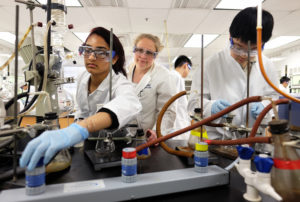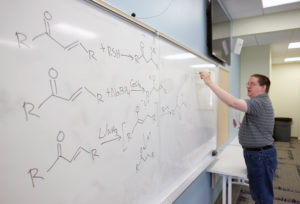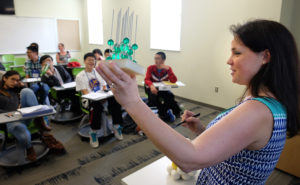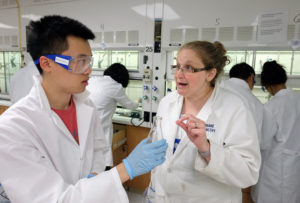Hello everyone,
I am writing in my new role as Southern Association of Colleges and Schools Commission on Colleges (SACSCOC) Compliance Certification Coordinator to remind you of the upcoming deadline for the submission of concept papers for consideration as our new Quality Enhancement Plan (QEP).
The QEP during our last reaccreditation focused on the development of first-year academic programming within the first-year seminar. New SACSCOC guidelines stipulate that our next QEP must be unique to our specific institutional needs and be based in our institutional planning and evaluation processes. What that means to us is that our QEP should have its foundation in UMW’s strategic vision and plan. These documents (UMW Strategic Vision and UMW Strategic Plan 2020) can be found on the President’s website if you need a refresher on the priorities and goals we are working toward as a University.
As you are preparing your concept paper, be sure that you (a) describe the topic or issue of student learning and/or student success to be addressed in the QEP; (b) list the plan’s goals; and (c) explain how this issue derives from our institutional planning and evaluation processes.
Submit your two-page concept paper as a PDF to Tim O’Donnell (todonnel@umw.edu), SACSCOC liaison, by March 31, 2021.
I’m looking forward to seeing all of your ideas for the QEP and working with you through this SACSCOC reaffirmation process.
Sincerely,
Nicole Crowder









